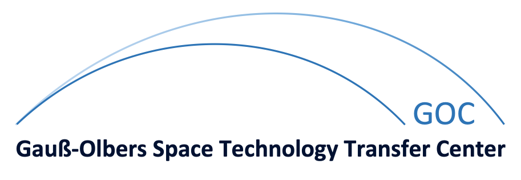Multi-User Detection in Multicarrier-CDMA
| Autoren: | R. Böhnke, V. Kühn, K.-D. Kammeyer | ||||||
| Kurzfassung: | The upcoming third generation mobile radio system in Europe is based on UMTS (Universal Mobile Telecommunications Standard). In order to supply access to a common transmission channel for several users, UMTS incorporates Code Division Multiple Access (CDMA). Besides a lot of practical advantages, CDMA suffers from multi-user interference limiting spectral efficiency dramatically. However, bandwidth is a very valuable resource and should be used as efficiently as possible. One appropriate mean to increase spectral efficiency of CDMA systems is multi-user detection. This paper gives an overview of different multi-user detection techniques and compares them with the conventional single-user detection including channel coding. Specifically, linear as well as nonlinear multi-user detectors are considered. Efficient realizations of linear detectors are presented and extended to improved nonlinear techniques. It is shown that nonlinear MUD including channel decoding can achieve a spectral efficiency twice as high as that of the well-known GSM standard (Global System for Mobile Communications) employing TDMA and FDMA. |
||||||
| Dokumenttyp: | Journal Paper | ||||||
| Veröffentlichung: | November 2002 | ||||||
| Journal: | elektrotechnik und informationstechnik (e&i) | ||||||
| Seiten: | 395-402 | ||||||
| Volume: | 119 | ||||||
| Number: | 11 | ||||||
| Index: | 203 | ||||||
| Dateien: |
|
Zuletzt aktualisiert am
24.04.2008
von
Admin
© Arbeitsbereich Nachrichtentechnik - Universität BremenImpressum / Kontakt







